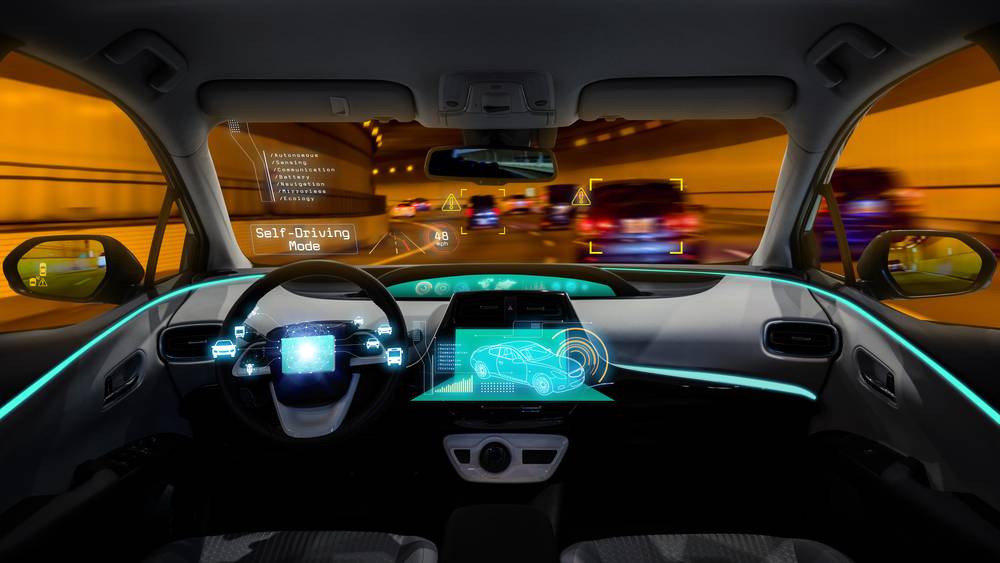Additionally, the electrification of other forms of road transportation continues to increase. Around 25% of all two-wheelers on the road around the globe are electric, however, this trend is mostly restricted to China, India, and ASEAN nations. The world’s worst air quality is in India. Even during the Covid crisis in 2020, when there were national and state lockdowns, 36 of the 50 cities with bad air quality were in India. Internal combustion engines (ICE), in particular, have greatly worsened vehicular pollution as a result of the growing number of private automobiles on Indian roads.
India is now the third-highest oil consumer and GHG emitter in the world due to the rise in the stock of ICE automobiles. To prevent it electrification of cars and other vehicles is a must. According to a number of studies, impediments to EV adoption may arise from the distinctions between EV and ICE features.
According to surveys, one of the major obstacles to EV adoption’s rapid growth is the vehicles’ limited driving range. Long battery recharge times and a lack of charging infrastructure also have an impact on demand. Longer EV driving ranges, quick recharge periods, and an expansion of the charging infrastructure, however, may eventually result in
less significant problems.
However, EV popularity is mostly driven by features like high environmental friendliness, quick acceleration, and cheaper maintenance and fuel expenses. China, a pioneer in the production of lithium-ion batteries, is gaining from the increase in interest in EV battery packs. By establishing the ambitious target of having enough batteries available to fulfill its own demand by 2024, the European Union is making an effort to catch up. Plans from several countries The prediction predicts that by 2030, the annual lithium-ion battery consumption for EVs would surpass 1,748-gigawatt hours (GWh).
By 2025, the manufacture of battery cells will have reached 1 trillion watt hours (TWh), according to the capacity projections that have been currently stated. Starting with the surroundings. Depending on the assessment, the automobile industry is thought to produce between 10 and 25 percent of the world’s carbon dioxide, nitrogen oxide, and particulate matter emissions. These contaminants, which are presently concentrated in the Earth’s atmosphere at their greatest levels in the past 650,000 years, are all related to climate change.
By the end of this century, according to studies, the Earth’s temperature is likely to increase by much more than two degrees Celsius unless considerable changes are made to the world’s industry, energy supply, and consumer habits. These pollutants also caused local pollution and smog, which harmed public health and congested big cities. It was thus no coincidence that automakers started offering alternatively powered vehicles that generated reduced emissions by combining internal combustion engines with electric motors just as the widespread public uproar in reaction to this trend started to grow.
With the introduction of the hybrid Prius in Japan in 1997, Toyota was the first to truly seize this market. In general, there are 4 types of Electric vehicles in the market i.e.Hybrid electric vehicles, Plug-in hybrid electric vehicles, All-Electric vehicles, and conventional vehicles.
Charging an electric vehicle is always less expensive than purchasing petrol for a conventional vehicle. There is no need for gasoline, saving you money on petrol. The cost of $0.10 per kW is the same as paying less than $1 per gallon of petrol to drive. Driving electric vehicles saves drivers, on average, $700 in gasoline expenditures per year.
since they don’t release toxins, they are environmentally beneficial. More than 177,758,804 kg of CO2 emissions have been cut by electric car drivers. fewer repairs because of an effective electric motor.
You save on running costs since electric motors have fewer components and cause less damage than conventional, non-electric vehicles. Greater Efficiency, In addition to being lighter, electric vehicles also accelerate more quickly.
The best electric car ever made is the Tesla Model 3 with 20″ Überturbine Wheels, Performance Brakes and Dual Motor All-Wheel Drive are available for complete control in all weather.
The Model 3 can accelerate from 0 to 60 miles per hour (mph) in as little as 3.1 seconds because of a carbon fiber spoiler that increases stability at high speeds. In order to increase redundancy, the Tesla All-Wheel Drive incorporates two separate motors, each of which has just one moving element for optimal longevity and low maintenance. They digitally manage torque to the front and back wheels, unlike conventional all-wheel drive systems, providing far superior handling and traction control.
A fantastic approach to save money and support a stable and healthy environment is to drive an electric vehicle like the Nissan Leaf, Ford Focus Electric, Tesla Model S, or Chevrolet Volt. Due to the large number of carbon emissions produced by cars, which are released into the atmosphere, we are more susceptible to pollution and greenhouse gases. The ecology is greatly improved by using electric vehicles. Additionally, since electric vehicles
have no environmental effect, they are good for the environment and the economy. There are many elements, but that doesn’t mean they have to be overpowering. You can make an informed choice going ahead by doing a good deal of study on various models, including hybrids. Any way you look at it, an electric vehicle can protect our fragile ecosystem.
Blackcoffer Insights 43: Abhisek mallick, National institute of technology , Raipur














